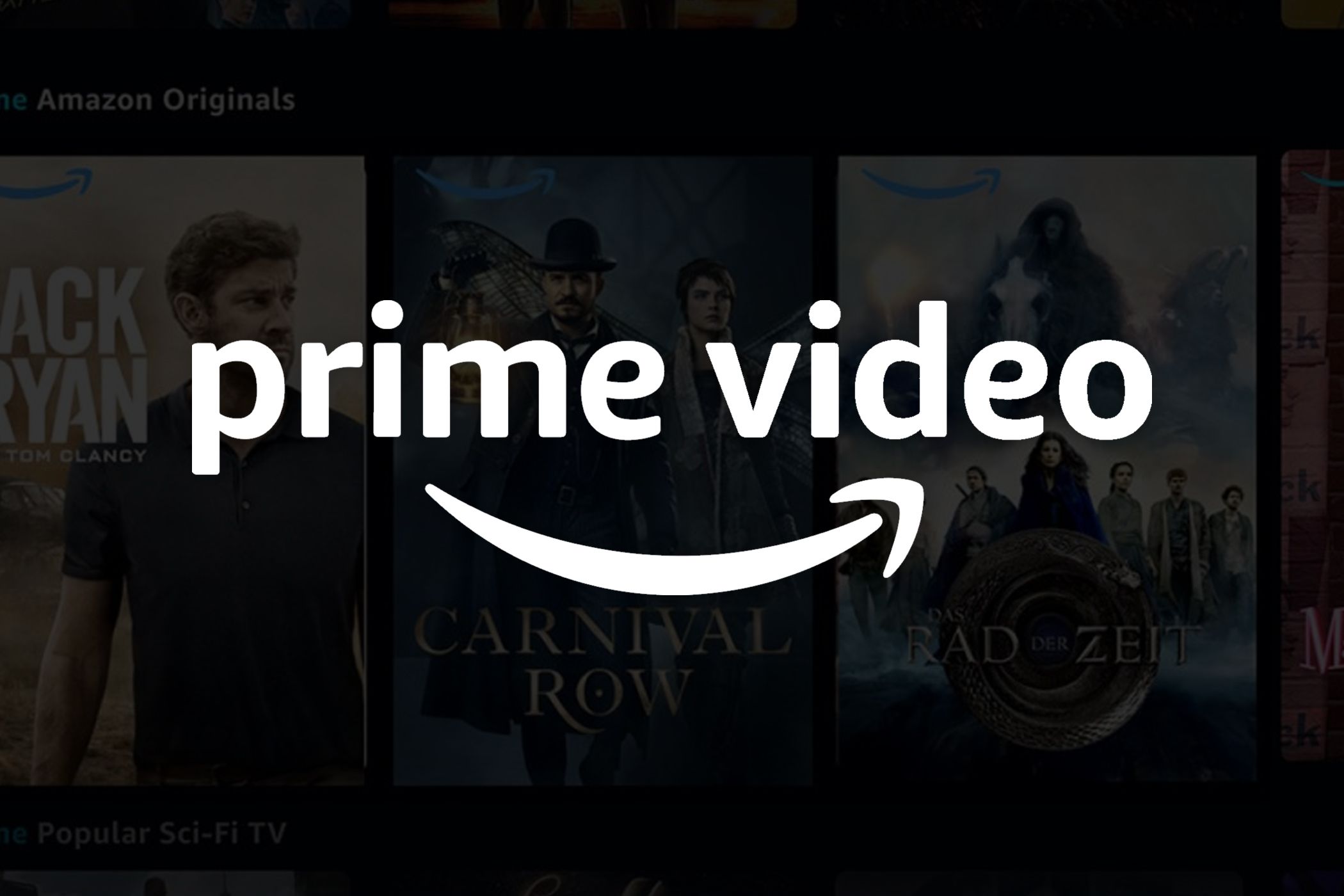Ads were just the beginning.
Amazon rolled out advertisements to its Prime Video streaming service back in January, with the option of paying an extra $3 per month to remove them. The ads were seemingly the only change if you didn’t pay up, but the base version of Prime Video also no longer has Dolby Vision HDR and Dolby Atmos audio for supported platforms.
Some Prime Video subscribers have noticed that without the extra $2.99 charge, movies and shows were limited to HDR10 and Dolby Digital 5.1 instead of the higher-fidelity options users previously had. It turns out that this is not an error, but actually the intended behavior for Prime Video. A spokesperson for Amazon has confirmed to The Verge that Amazon Prime Video has made a deliberate decision to exclude Dolby Vision HDR and Dolby Atmos surround sound from its standard subscription package, confirming that these features are now only available with the ad-free option. To regain access to Dolby Vision and Dolby Atmos, subscribers must pay the additional $2.99 per month (which also removes ads).
Prime Video has notably stayed cheaper than competing subscription services such as Netflix, but that’s mostly because a lot of users don’t just pay for the standalone Prime Video subscription—most people use it through the larger Amazon Prime subscription, which also gives you free two-day shipping on Amazon. Subscribers who opt for the standalone Prime Video subscription at $8.99 per month and wish to remove ads are facing a notable price increase — essentially paying 33% more if you want to remove ads and bring back high-fidelity streaming. It’s a bit of a lesser impact for Prime users, but they’re still paying 20% more for stuff they already had. There’s also no guarantee that Amazon might soon decide to put other useful features behind that same paywall, or even increase the price of that paywall.
Those who prefer ad-supported services may still find Prime Video’s $8.99 per month offering slightly cheaper than Disney Plus with ads but more expensive than Netflix’s ad-supported 1080p service. Still, it’s certainly not looking good if you want to save money on your streaming services.
Source: The Verge


